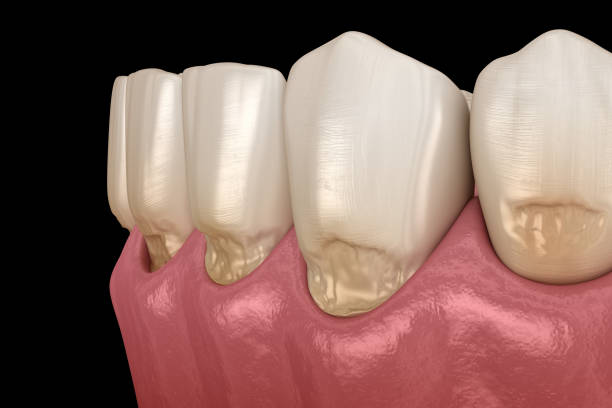Blog
What is Teeth Stain?
Stained or discolored teeth are a common complaint from patients. Some common causes of tooth discoloration include smoking, consuming dark-colored foods and beverages such as coffee, tea, berries and even fruits like apples, and wine or alcohol. Certain medications can also contribute to darker looking teeth, including antihistamines, antibiotics, high blood pressure drugs and more. Even genetics can play a role in how white your teeth are. Genetics usually determines the color of a person’s enamel and how thick it is too. Thinner enamel is more prone to staining.
What is a Teeth Cavity?
A cavity is an irreversible loss of tooth enamel caused by acid-producing bacteria that are found within the mouth. Acids in the mouth eat away at the protective enamel of the teeth, leading to cavities. Both plaque bacteria and sugars from the food we eat feed the harmful bacteria that cause tooth decay. Bacteria tend to love the sugar in candy and other sugary foods. However, the bacteria are also found naturally within our mouths and feed on leftover particles of food that we chew on throughout the day. This cycle of eating and decay results in cavities.
When a tooth is forming, it goes through two stages to finalize its shape and strength. The first stage is when the tooth is developing beneath the gums. During this stage, the tooth is vulnerable to acids from oral bacteria. The second stage begins once the root has emerged and the surrounding tissues begin to stabilize. Once this stage is complete, the tooth will be protected from bacterial acids and cavities. This is why it is essential to prevent small spots from developing into larger cavities. Regular checkups allow your dentist to monitor your teeth for signs of early deterioration and provide advice on preventative care.
If a cavity is left untreated, a small cavity can progress into a more destructive large cavity that requires more time to treat and more invasive procedures. Once a cavity forms, it is important to visit your dentist regularly to get treatment. While large fillings were once the norm, today’s modern dentistry utilizes smaller treatments like composite resin fillings to prevent the filling from sticking out and potentially damaging the teeth around it.
How can Cavities spread?
Once bacteria eats away the enamel on the teeth, it can enter the inner layer of the dentin and cause an infection that is commonly referred to as a cavity. When the infection reaches this level, the decay can spread deeper into the layers of the tooth. The pulp is the area inside the tooth where the nerves are found. A deep cavity can cause the infection to reach into the pulp, which can lead to a lot of pain and other severe complications. If the damage spreads to the pulp, the patient may need to undergo root canal therapy to treat the pain and restore the structure of the affected tooth.
Root canals are one of the most common dental procedures performed today. People should have their teeth checked often for signs of cavities as soon as they spot any signs or symptoms. It is best to treat cavities as soon as possible to avoid them reaching the pulp and causing further problems.
Book your appointment today with Legacy Dental Clinic at 4224 Gateway Blvd NW Edmonton, AB. Call us at (825) 467-8888!
Location
4224 Gateway Blvd NW,
Edmonton, AB , Canada T6J 7K1
Office Hours
MON10:00 am - 6:00 pm
TUE8:00 am - 6:00 pm
WED - FRI8:00 am - 4:30 pm
SAT8:00 am - 3:00 pm
SUNClosed





